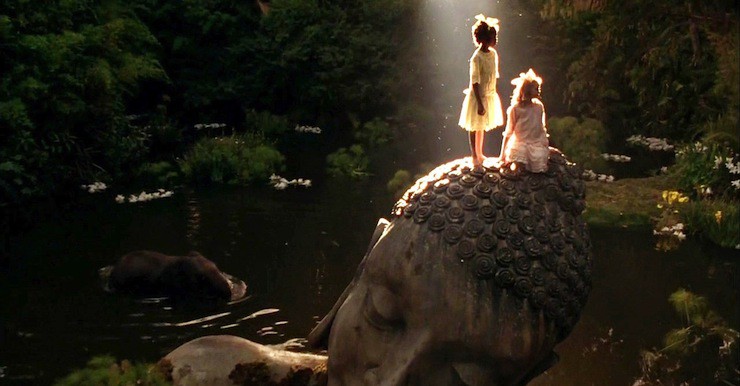When fantasy readers talk about how we got our start, the same names tend to crop up again and again—J. R. R. Tolkien, C. S. Lewis, Susan Cooper, Lloyd Alexander, L. Frank Baum. But while these might be a common denominator for most of us, I can think of many other books that ignited what would become my lifelong love of fantasy. Surprisingly, not all of them are fantasy, but carry that seed of mystery and the unknown that is the essence of magic. I am sure each person has an individual road map of their path to magic—here is mine.
The Enchanted Castle by E. Nesbit
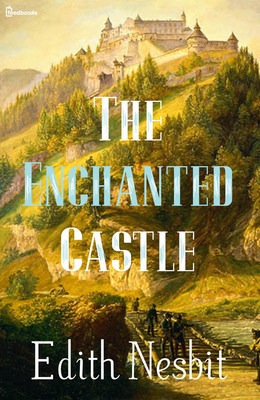 I reread this recently, with some trepidation: when a book means as much to you as this one has to me, revisiting it in adulthood is risking a too-clear assessment of its flaws and lapses. All of E. Nesbit’s books are worth reading—I hunted them all down, in libraries from upstate New York to the wilds of Linden, New Jersey—but The Enchanted Castle is the jewel that has stood out in my memory. I recalled a magic that began as lighthearted, with a ring that could grant wishes, but became increasingly dark and mysterious as the book went on.
I reread this recently, with some trepidation: when a book means as much to you as this one has to me, revisiting it in adulthood is risking a too-clear assessment of its flaws and lapses. All of E. Nesbit’s books are worth reading—I hunted them all down, in libraries from upstate New York to the wilds of Linden, New Jersey—but The Enchanted Castle is the jewel that has stood out in my memory. I recalled a magic that began as lighthearted, with a ring that could grant wishes, but became increasingly dark and mysterious as the book went on.
And it holds up. Edith Nesbit might have been one of the earliest proponents of a magic system: there are rules for how the ring works and its effects, and these rules are the earliest drivers of the plot as the children—being English—get into various “scrapes” when their wishes inevitably go wrong. But the true magic is something timeless, involving statues of immortal gods that come alive in the garden of the enchanted castle. The ordinariness of the castle during daylight hours, being open to groups of gawping American tourists, is a contrast to the enigma it becomes at night. Nesbit takes scenarios that could have been comedic—and in her earlier books, might very well have been—and weaves into them unexpected terror and grief. The powers of the ring offer a glimpse of a deeper reality behind our own, a place both terrifying and of unbearable beauty.
The Sword in the Stone by T. H. White
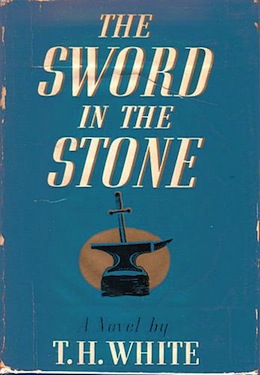 Prior to the majestic tragedy and warm comedy that somehow meld perfectly in T. H. White’s epic of King Arthur, The Once and Future King, we have his delightful children’s book about Arthur’s childhood, The Sword in the Stone. If you are a T. H. White geek, you already know that the key to getting the most out of this book is to read it in the right edition, because the author later felt compelled to make an unnecessary revision. (Completists can read what he added to the revision in The Book of Merlyn, anyway.)
Prior to the majestic tragedy and warm comedy that somehow meld perfectly in T. H. White’s epic of King Arthur, The Once and Future King, we have his delightful children’s book about Arthur’s childhood, The Sword in the Stone. If you are a T. H. White geek, you already know that the key to getting the most out of this book is to read it in the right edition, because the author later felt compelled to make an unnecessary revision. (Completists can read what he added to the revision in The Book of Merlyn, anyway.)
The Sword in the Stone chronicles Arthur’s adventures under the tutelage of the wizard Merlyn, who is preparing the unsuspecting boy for his role as king. It is a hilarious romp with only the occasional nod to Arthur’s melancholy future of betrayal and loneliness. Sir Ector’s castle and the forest surrounding are vivid, and feel lived-in, a place it seems one can return to and visit. And in the right edition you get Merlyn’s confrontation with the fearsome Madam Mim and various illustrations that enrich the narrative. What you don’t get are the overtly political narratives that White decided to add later, which can be preachy and detract from the magnificent world he has created.
A Little Princess by Frances Hodgson Burnett
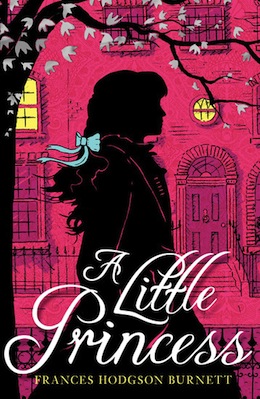 Here we get to books that are not fantasy, and yet feel magical nonetheless. This holds true for several books by Frances Hodgson Burnett—I could easily have gone with the mystical The Secret Garden or the suspenseful The Lost Prince. But there is something special about A Little Princess, which turns out to be deceptively titled. It is the story of a hero. Its similarity to fantasy may be owing to echoes of Cinderella, though the book seems a new fairy tale in its own right. Unlike most fairy tale heroines, however, Sara Crewe is not beautiful. Her aspiration to be a “princess,” even under conditions of poverty and near-starvation, is tied with principles such as integrity, empathy, and generosity.
Here we get to books that are not fantasy, and yet feel magical nonetheless. This holds true for several books by Frances Hodgson Burnett—I could easily have gone with the mystical The Secret Garden or the suspenseful The Lost Prince. But there is something special about A Little Princess, which turns out to be deceptively titled. It is the story of a hero. Its similarity to fantasy may be owing to echoes of Cinderella, though the book seems a new fairy tale in its own right. Unlike most fairy tale heroines, however, Sara Crewe is not beautiful. Her aspiration to be a “princess,” even under conditions of poverty and near-starvation, is tied with principles such as integrity, empathy, and generosity.
Perhaps part of what makes A Little Princess seem magical is that the protagonist has a vivid imagination, bringing to life her beloved doll, Emily, and attributing complex emotions to a rat in her attic. She imagines a hero within every person she befriends, no matter how insignificant they seem, from the maid Becky to her shy classmate Ermengarde. Thus the world through her eyes is rich and sumptuous, its colors more vibrant than in everyday life, as they are in the worlds of our dreams. Also noteworthy are Tasha Tudor’s marvelous illustrations—it’s worth seeking out the edition featuring Tudor’s work.
The Velvet Room by Zilpha Keatley Snyder
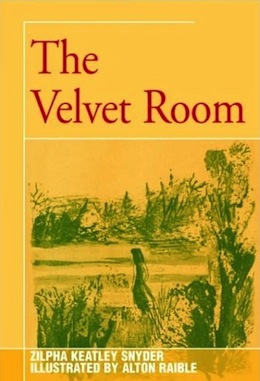 It’s hard to pick just one of Zilpha Keatley Snyder’s realistic-yet-magical works for children—she is a master of the form. Though she wrote some actual fantasies, these were not as strong as her realistic books with an undercurrent of the mysterious. Some unforgettable classics include The Egypt Game and The Changeling, both involving the power of imagination. But The Velvet Room stands out for being structured most like a fantasy, seen through the eyes of a protagonist who longs for escape from the mundane.
It’s hard to pick just one of Zilpha Keatley Snyder’s realistic-yet-magical works for children—she is a master of the form. Though she wrote some actual fantasies, these were not as strong as her realistic books with an undercurrent of the mysterious. Some unforgettable classics include The Egypt Game and The Changeling, both involving the power of imagination. But The Velvet Room stands out for being structured most like a fantasy, seen through the eyes of a protagonist who longs for escape from the mundane.
Robin is the child of migrant workers who have been wandering the West Coast in a Model-T during the Depression. They arrive in Southern California in time for apricot picking season at an orchard, where Robin comes upon an old mansion, beautiful and abandoned. The subsequent intrigue that unfolds, of secret passageways, ghost stories, and the Velvet Room itself, is one of the numinous slowly seeping into, and transforming, a life of deprivation. The room itself, which is magnificently furnished but most important, filled with books, becomes a crucial place of escape—the kind that allows the person freed to find, perhaps for the first time, their hidden selves.
Featured image from Alfonso Cuarón’s 1995 adaptation of A Little Princess.
Ilana C. Myer has written about books for the Globe and Mail, the Los Angeles Review of Books, the Huffington Post, and Salon. Her first novel, Last Song Before Night, an epic fantasy about poets and dark enchantments, is forthcoming from Tor in September 2015.










